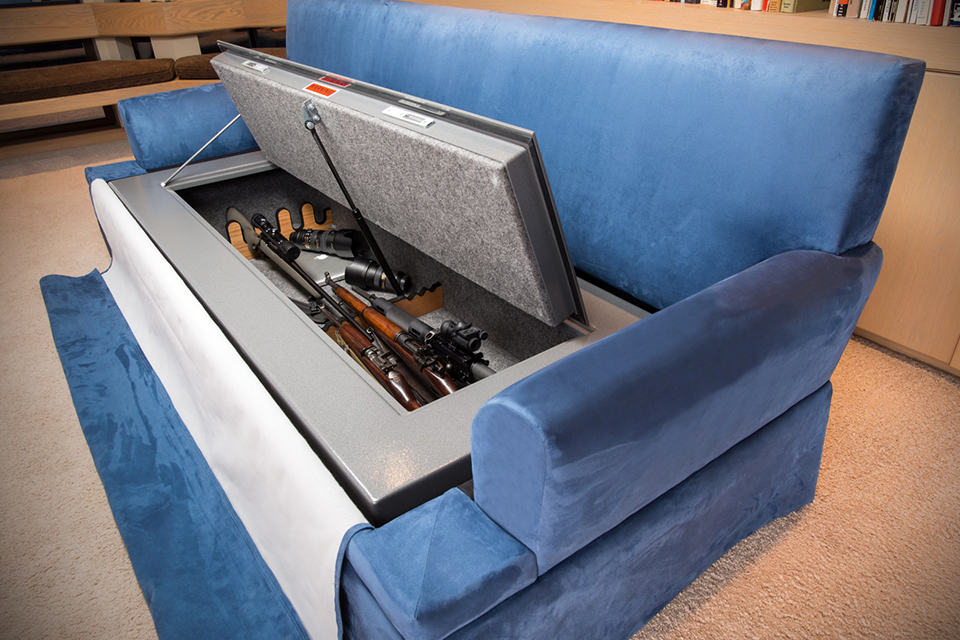

The internals have also been beefed up compared with the original, as there is now a 650MHz CPU, 128MB of RAM, and 64MB of Flash memory. For wireless connectivity, the Pro supports 802.11 b/g/n at 2.4GHz. The device itself is tiny, featuring two Ethernet ports for configuration and wired connectivity (one for uplink and one for client connectivity and configuration), a micro USB port over which it gets power, a USB port for adding devices such as a thumb drive, and a reset button. Like many routers, it can also serve as a bridge or range extender, but its primary use is definitely as a secure router. In practice, though, as we’ll see further on, there are a number of issues that get in the way of this panacea. And for Wi-Fi hotspots that limit the number of devices you can use, the Anonabox shows up as a single device. Ideally, the above might also simplify your life, since those devices would have a predictable Wi-Fi network to connect with, rather than needing new credentials each time you use them. That way, not just your laptop, but your smartphone and tablet (or any other Wi-Fi-enabled devices you use) can have the benefit of secure communications. The combination promises to allow you to create your own, secure, Wi-Fi hotspot, and then route all your devices through it. On top of the base hardware and open-source system software, Anonabox has added a built-in Tor router, a client for OpenVPN, and for commercial VPN Hide My Ass (HMA!). The Anonabox Pro is at its core a portable Wi-Fi router - not too different from many other inexpensive versions you can pick up from a variety of online sites, based on OpenWRT & LuCI.

Anonabox Pro: Secure Wi-Fi-enabled travel router I’ve been using one for several weeks now, and have found plenty to like, along with more than a few rough edges.

Startup Anonabox has been trying to address this issue and, after a rocky start with its first offering, has introduced a new product line, headed by the Anonabox Pro. But now that nearly everyone is dependent on their mobile devices when they travel, the problem of staying secure on the road has become more complex - especially if you connect your mobile device to public Wi-Fi hot spots.

So a secure USB key and browser combination was plenty to help protect against insecure Wi-Fi and prying hackers. When I last wrote about tools for keeping your data secure while traveling several years ago, the laptop was still the computer of choice for road warriors.


 0 kommentar(er)
0 kommentar(er)
